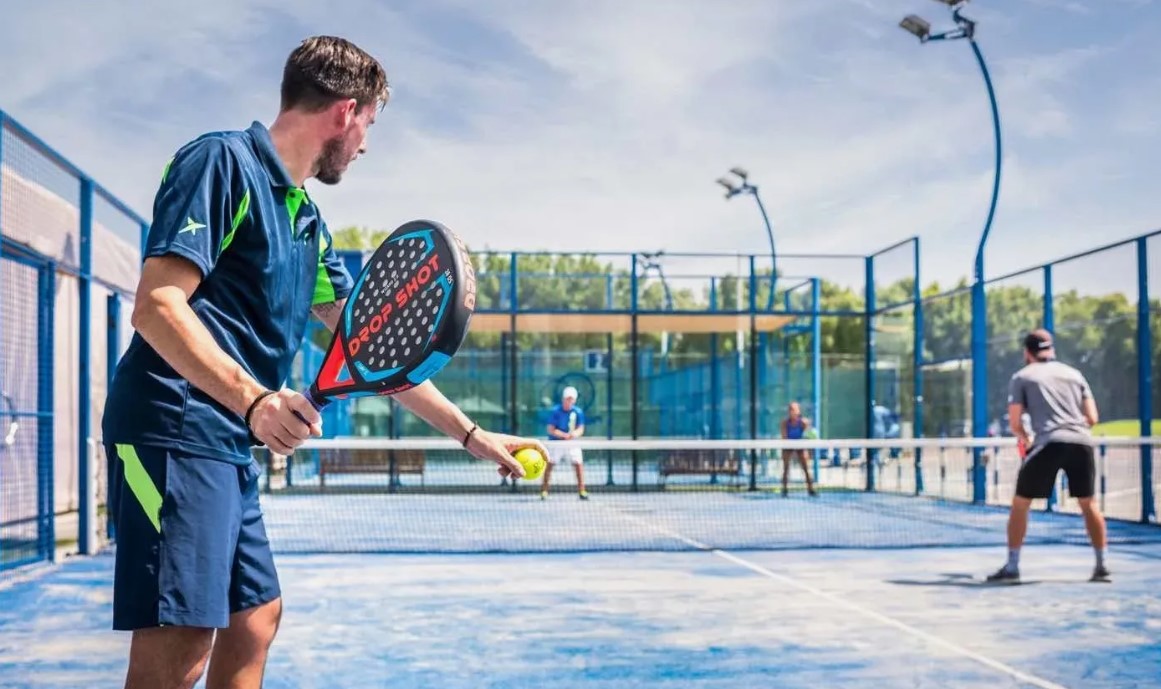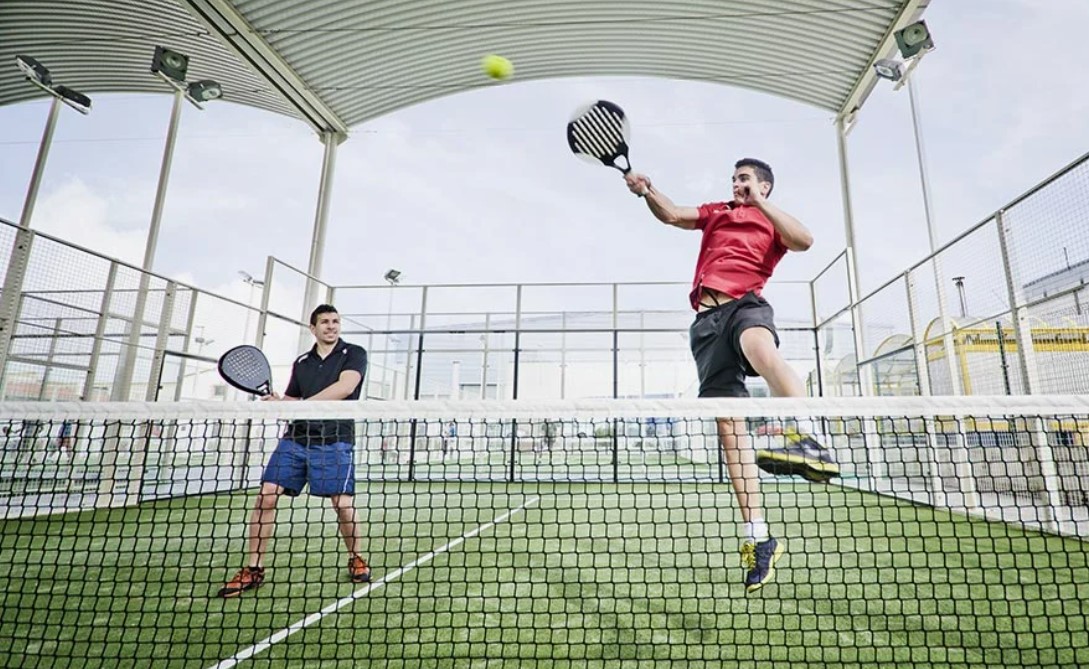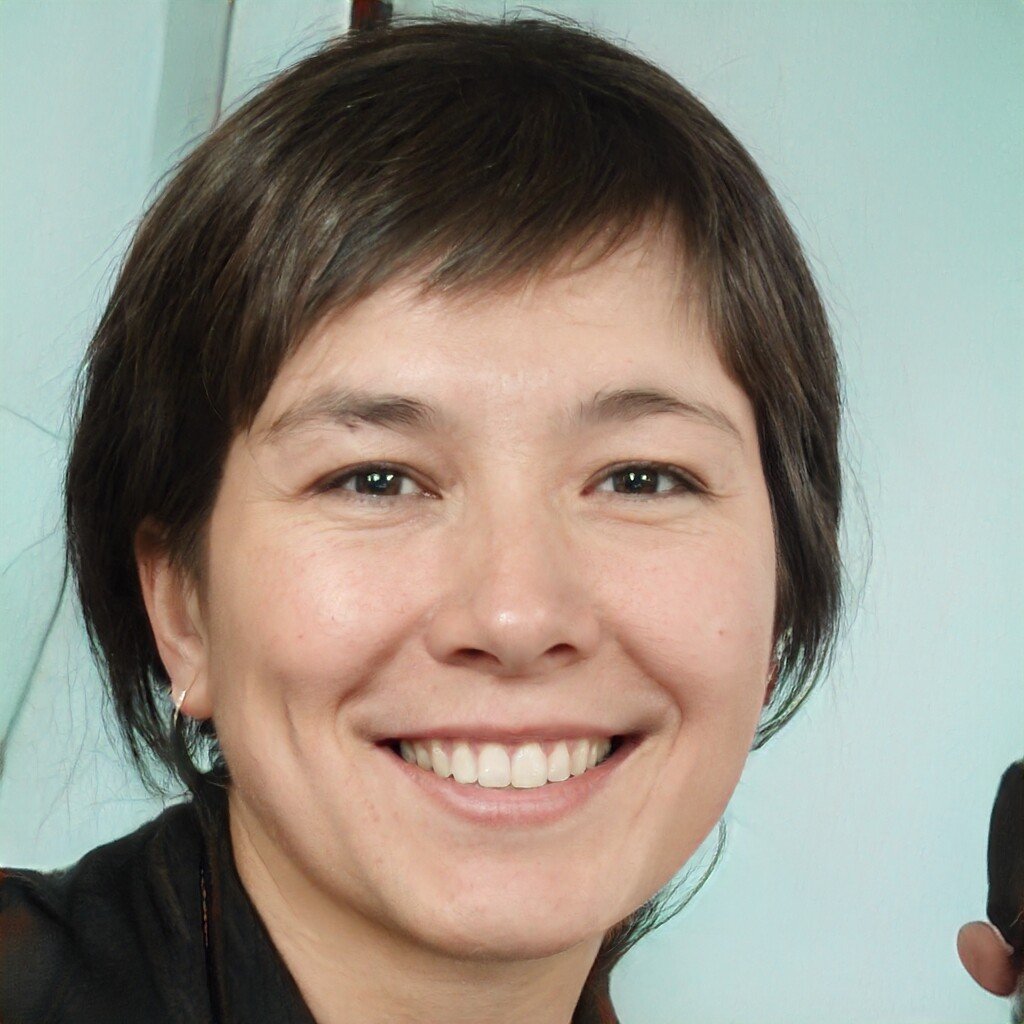The concept of multi-sport complexes is increasingly popular in urban planning and development. These facilities offer various sports and recreational activities in one location, promoting an active lifestyle and community engagement. In regions like Dubai and the UAE, where sports and fitness are integral to the culture, the inclusion of padel courts in multi-sport complexes is becoming a notable trend. This article explores the process of integrating padel courts into multi-sport complexes, focusing on design considerations, benefits, and the specific context of Dubai and the UAE.
The Rise of Multi-Sport Complexes
Multi-sport complexes provide a comprehensive solution for urban recreational needs, combining multiple sports facilities in one venue. These complexes are designed to cater to diverse interests, encouraging more people to engage in physical activities. The popularity of such complexes is driven by the growing emphasis on health and wellness, urban space optimization, and the need for community-centric recreational spaces.
Padel: A Growing Trend
Padel, a sport that blends elements of tennis and squash, has seen a surge in popularity worldwide. Its growth is particularly noticeable in the UAE, where new padel courts are being constructed to meet demand. The sport’s appeal lies in its accessibility, social nature, and the engaging gameplay that makes it suitable for all age groups. Integrating padel courts into multi-sport complexes aligns with the increasing interest in this sport.

Design Considerations for Integrating Padel Courts
Integrating padel courts into multi-sport complexes requires careful planning and design to ensure they complement other facilities and meet user needs. Key considerations include:
- Space Allocation: Adequate space must be allocated to accommodate the dimensions of padel courts, which are smaller than tennis courts but require specific surrounding areas for safe play. Each padel court measures 20 x 10 meters, and additional space is needed for walkways, seating, and access.
- Surface and Material: The playing surface must be chosen to provide optimal performance and safety. Common surfaces include artificial turf, concrete, or synthetic materials designed for durability and low maintenance. In the UAE, considerations for heat resistance and UV stability are crucial due to the region’s climate.
- Lighting: Proper lighting is essential for evening play and tournaments. LED lighting systems are preferred for their energy efficiency and ability to provide uniform illumination. Ensuring that lighting does not cause glare is important for player comfort and safety.
- Fencing and Enclosures: Padel courts require high fences or enclosures to keep the ball in play and protect spectators. These enclosures should be made of durable materials that can withstand weather conditions and frequent use.
- Accessibility: Ensuring easy access to padel courts is vital for inclusivity. This includes designing pathways that are wheelchair accessible and providing amenities such as seating and shade for spectators.
- Integration with Other Facilities: Padel courts should be strategically placed within the complex to facilitate easy access to other sports facilities and amenities. This integration enhances user experience and encourages participation in multiple activities.
Benefits of Integrating Padel Courts
Including padel courts in multi-sport complexes offers several benefits:
- Enhanced User Experience: The availability of diverse sports facilities in one location enhances the user experience by providing more options for physical activity. Padel courts add to this diversity, attracting different user groups and increasing overall participation.
- Community Engagement: Multi-sport complexes serve as community hubs, promoting social interaction and community building. Padel, being a social sport, aligns well with this objective by encouraging group play and community events.
- Economic Viability: Offering a variety of sports facilities, including padel courts, can increase the economic viability of multi-sport complexes. Higher footfall and membership subscriptions generate revenue, which can be reinvested in maintaining and upgrading facilities.
- Health and Wellness: Providing access to various sports, including padel, supports public health initiatives by encouraging regular physical activity. This is particularly relevant in the UAE, where promoting a healthy lifestyle is a key government objective.
- Attracting Tourism Well-designed multi-sport complexes can attract tourists looking for recreational activities, especially in regions like Dubai that are popular tourist destinations. Padel courts can be a unique selling point, drawing sports enthusiasts from around the world.
The UAE Context
In the UAE, the development of multi-sport complexes with integrated padel courts aligns with national strategies to promote sports and wellness. The UAE Vision 2021 emphasizes the importance of a healthy and active lifestyle, and multi-sport complexes contribute significantly to this goal.
- Government Support: The UAE government supports the development of sports infrastructure through various initiatives and investments. Projects like the Dubai Fitness Challenge and the construction of world-class sports facilities reflect this commitment. Government backing ensures that multi-sport complexes, including padel courts, are accessible and meet high standards.
- Climate Considerations: The hot climate in the UAE presents unique challenges for outdoor sports facilities. Integrating padel courts requires solutions like shaded areas, cooling systems, and heat-resistant materials. Indoor padel courts are also a viable option, allowing year-round play regardless of weather conditions.
- Cultural Factors: The diverse expatriate population in the UAE brings different sports preferences, contributing to the popularity of padel. Integrating padel courts into multi-sport complexes caters to this demographic, promoting cultural inclusivity and social integration.
- Urban Planning: In rapidly developing urban areas like Dubai, space optimization is crucial. Multi-sport complexes make efficient use of limited space, providing multiple recreational options in a single location. This approach supports urban planning goals and enhances the quality of life for residents.

Planning and Development Process
Developing multi-sport complexes with integrated padel courts involves several stages:
- Feasibility Study: Conducting a feasibility study to assess the demand for padel courts and other sports facilities. This includes analyzing demographics, current sports infrastructure, and potential user groups.
- Design and Planning: Collaborating with architects, engineers, and sports facility designers to create a comprehensive plan. This stage includes selecting materials, designing layouts, and integrating sustainable practices.
- Construction: Overseeing the construction process to ensure that all facilities meet the design specifications and quality standards. Regular inspections and project management are essential for timely completion.
- Marketing and Launch: Promoting the new multi-sport complex to attract users. Marketing strategies may include social media campaigns, partnerships with local sports clubs, and community events. Launch events can generate interest and encourage initial memberships.
- Operations and Maintenance: Implementing effective operations and maintenance plans to ensure the long-term success of the complex. This includes regular maintenance of padel courts, staffing, and providing excellent customer service.
Future Trends
The future of multi-sport complexes with integrated padel courts looks promising, with several trends likely to shape their development:
- Technological Integration: Incorporating technology to enhance user experience, such as booking systems, performance tracking, and virtual coaching. Smart facilities can provide real-time data and personalized experiences.
- Sustainability: Emphasizing sustainable practices in the construction and operation of sports complexes. This includes using eco-friendly materials, energy-efficient lighting, and water-saving technologies.
- Customization: Offering customizable experiences for users, such as tailored training programs, flexible memberships, and personalized coaching. This approach caters to individual preferences and enhances user satisfaction.
- Expanded Offerings: Integrating additional wellness and recreational activities, such as fitness classes, wellness programs, and social events. Creating a holistic environment that promotes overall well-being.
Conclusion
Integrating padel courts into multi-sport complexes is a strategic approach to enhancing urban recreational infrastructure. In Dubai and the UAE, this integration supports government initiatives, caters to diverse populations, and promotes a healthy lifestyle. By considering design, benefits, and regional factors, developers can create successful multi-sport complexes that serve as vibrant community hubs. As the popularity of padel continues to grow, its inclusion in these complexes will play a significant role in the future of urban sports facilities.

Fixie owner, shiba-inu lover, record lover, reclaimed wood collector and TDC honorary member. Doing at the fulcrum of modernism and sustainability to craft experiences both online and in real life. Let’s design a world that’s thoughtful, considered and aesthetically pleasing.


